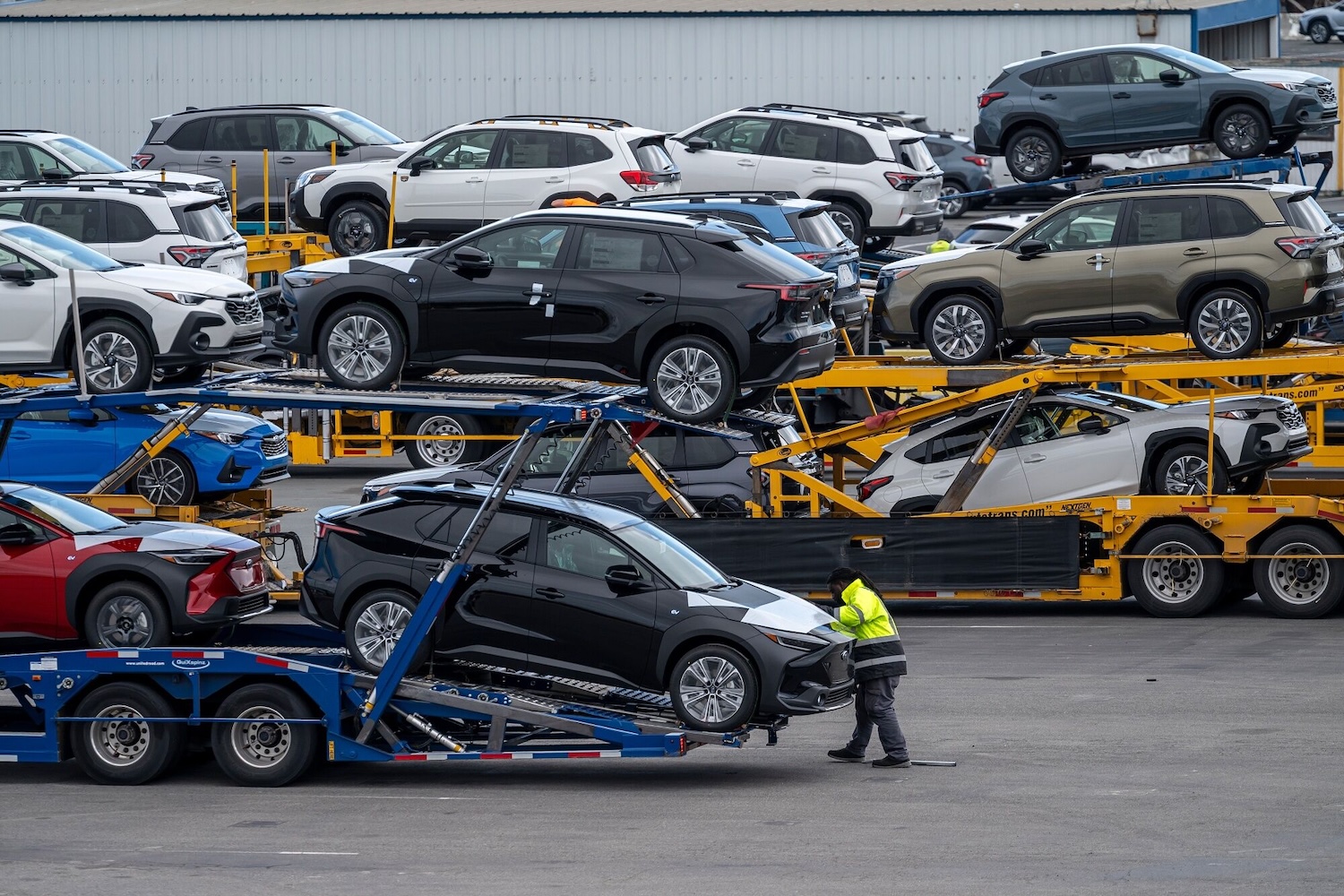
The US Auto Industry Prepares for the Effects of Trump’s 25% Car Parts Tariff
Carmakers have expressed concerns about increasing costs and unpredictable futures as new US import tariffs on engines and transmissions come into effect.
The United States has officially implemented a 25% import tax on engines, transmissions, and other essential car components, further complicating the landscape for an auto industry already facing challenges due to changing trade policies under President Donald Trump.
The tariff, which is part of a wider protectionist initiative by the Trump administration, was introduced weeks after the president somewhat eased his position due to business pushback, yet he did not eliminate the measure. It adheres to a comparable 25% tax on imported vehicles that was implemented last month.
President Trump has justified the tariffs as a strategy to enhance domestic manufacturing, asserting that they will encourage carmakers to relocate production to the United States. Nonetheless, analysts and industry executives caution that the short-term impact is expected to include increased production costs, diminished foreign output, and escalating prices for American consumers.
General Motors (GM) and Ford have announced impressive sales figures for April, fueled by a surge in vehicle purchases in anticipation of upcoming price increases. However, GM cautioned that the company might encounter as much as $5 billion (£3.7 billion) in additional costs this year, with $2 billion of that amount arising from tariffs on vehicles produced in South Korea and shipped to the US. The firm has revised its forecast, now anticipating a 1% increase in prices rather than a decrease.
The unpredictability has led automakers like Stellantis—maker of Jeep, Fiat, and Chrysler—to retract their financial forecasts, pointing to the unstable nature of present trade circumstances. “We continue to face significant uncertainties,” stated Doug Ostermann, Chief Financial Officer of Stellantis.
Approximately fifty percent of all vehicles sold in the US last year were imported, highlighting the industry’s dependence on global supply chains. When Trump first announced the tariff plans in March, the decision reverberated throughout the sector, prompting alerts about potential supply disruptions, increased consumer costs, and reduced output.
While Mexico and Canada, essential participants in the North American auto supply chain, have received exemptions under current free trade agreements, uncertainties persist regarding the duration of this relief. Recent customs guidance indicates that these exemptions might become more permanent, though the administration has not yet provided formal confirmation.
Trump has signed measures aimed at assisting carmakers in avoiding double tariffs on identical components and has introduced a two-year system to alleviate the burden on parts imported from non-NAFTA countries that are utilized in US-assembled vehicles.
Several companies have begun implementing measures to counterbalance the increased costs. GM increased truck production by 50,000 units at its Indiana facility while reducing operations in Canada. Mercedes announced that it has the capacity to increase operations at its facility in Alabama.
However, significant investments continue to be paused due to the ongoing policy uncertainty. “If I am to make a multi-billion dollar decision…” “I would refrain from doing it in a market that is this unstable,” stated Art Wheaton, Director of Labour Studies at Cornell University.
The administration is currently engaged in discussions with Japan and South Korea regarding possible trade agreements that may influence future policy. Analysts indicate that Trump might adjust the measures further should notable economic repercussions emerge.
“Everything is quite satisfactory at the moment,” Wheaton added. “I believe the complete effects of those tariffs have yet to be felt.”
All Categories
Recent Posts
Tags
+13162306000
zoneyetu@yahoo.com



